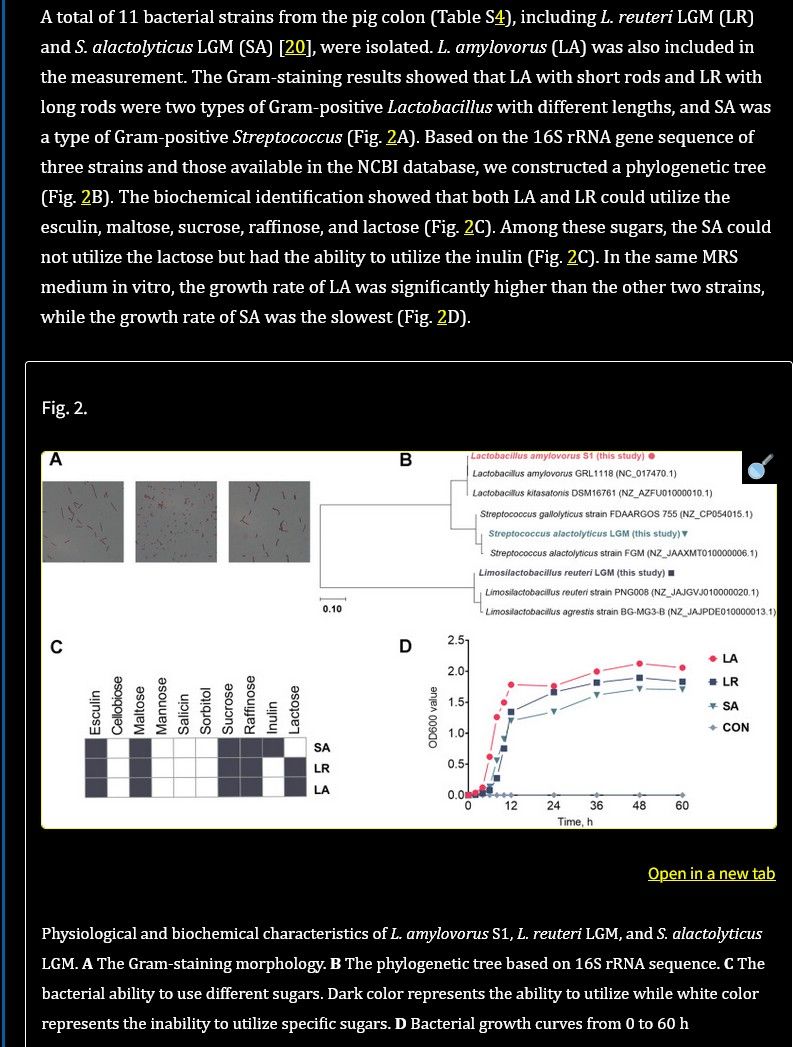@Mauritio
I had read about the enhanced neuroplasticity from high BDNF long ago and since then thought more BDNF would be a good thing. Pretty much like your first post above suggests.
Yet then there's something like too much BDNF and it appears to be related to increased estrogen receptor activation and serotonin levels (see study below).
And the context outlined in your second post seems much more crucial:
@Mauritio said:
So the chronological order could be as follows :
(Early) life stress- → adaptive increase in BDNF→ increased novelty seeking
And I regard this bold part as crucial:
@Mauritio said:
by increasing BDNF/TrkB signalling through antidepressant treatment a juvenile-like plasticity state can be induced, which allows for reorganization of the social circuitry when guided by psychotherapy and surrounded by a safe and positive environment."
because all that increased novelty seeking and curiousity induced by early life stress, exposing you to more unpredictability and more social defeat opportunities
fits very well into the pattern of such people trying to socialize and reach out and befriend others to their own detriment and falling deeper and deeper the more they try. And in this way, continously attract additional damage to themselves.*
Whereas the uninvolved would tackle such situations and strangers much more indifferently, carefully or adversarially and be therefore better off.
*The probability and frequency of making a potential lifetime friend who's just as early life damaged and uniquely resonating with oneself, overall, is really poor.
Estrogen and serotonin enhance stress-induced visceral hypersensitivity in female rats by up-regulating brain-derived neurotrophic factor in spinal cord
We previously reported that female offspring of dams subjected to chronic prenatal stress (CPS) develop enhanced visceral hypersensitivity (VHS) following exposure to chronic stress in adult life that is mediated by up-regulation of spinal cord BDNF.
Ovariectomy before CAS [chronic adult stress] or treatment with letrozole before and during CAS significantly prevented the development of enhanced VHS in female CPS+CAS rats.
Intrathecal application of ERα siRNA significantly reduced VHS, decreased lumbar-sacral spinal cord expression of both ERα and BDNF, and reversed pro-transcriptional epigenetic modifications at BDNF promoter lX.
Cerebrospinal fluid serotonin levels and 5HT3A receptor expression in the LS spinal cord were both significantly increased in female CPS+CAS rats.
During CAS, intrathecal infusion of alosetron significantly decreased VHS, reduced BDNF and ERα expression in the LS spinal cord, and attenuated RNA pol II and ERα binding to the BNDF core promoter IX.
Instead of using anti-serotonins (which are very limited, really) or pro-dopamines, this shows up the possibility of using aromatase inhibitors to achieve the former through lowering estrogens as a new angle to approach.
